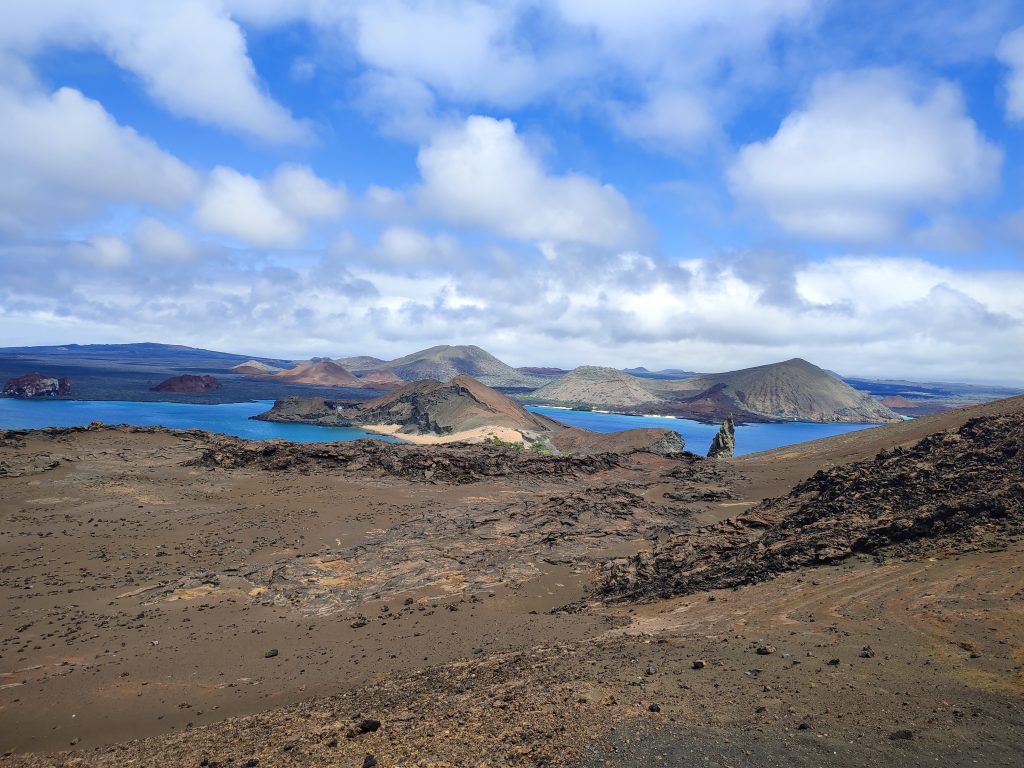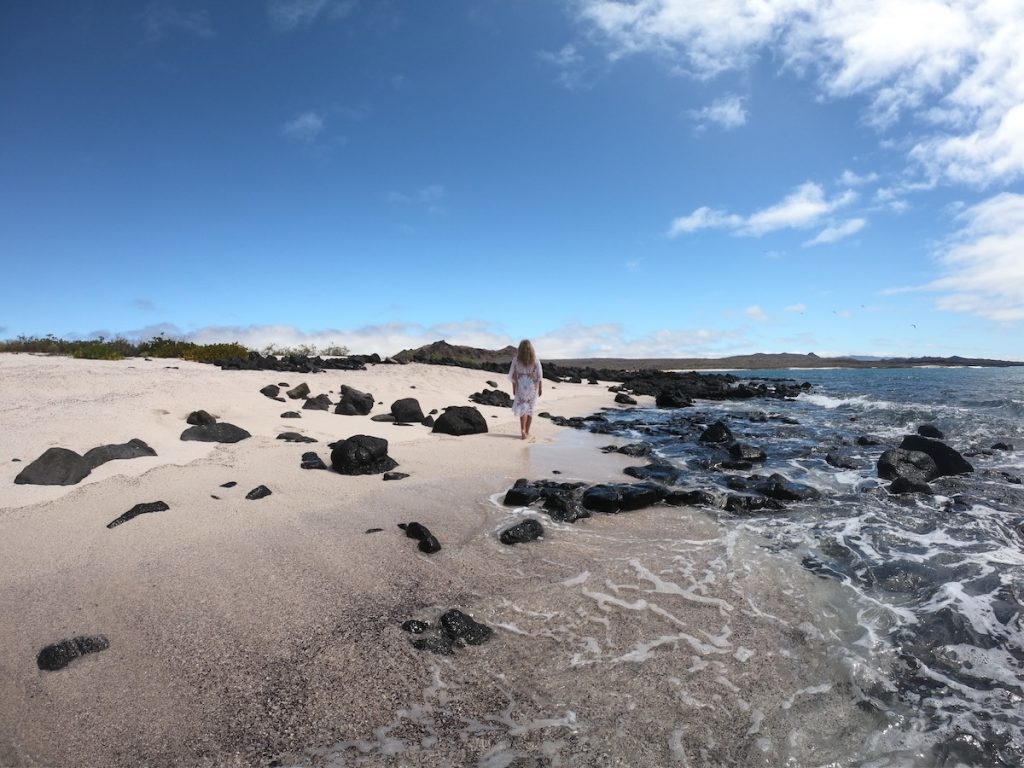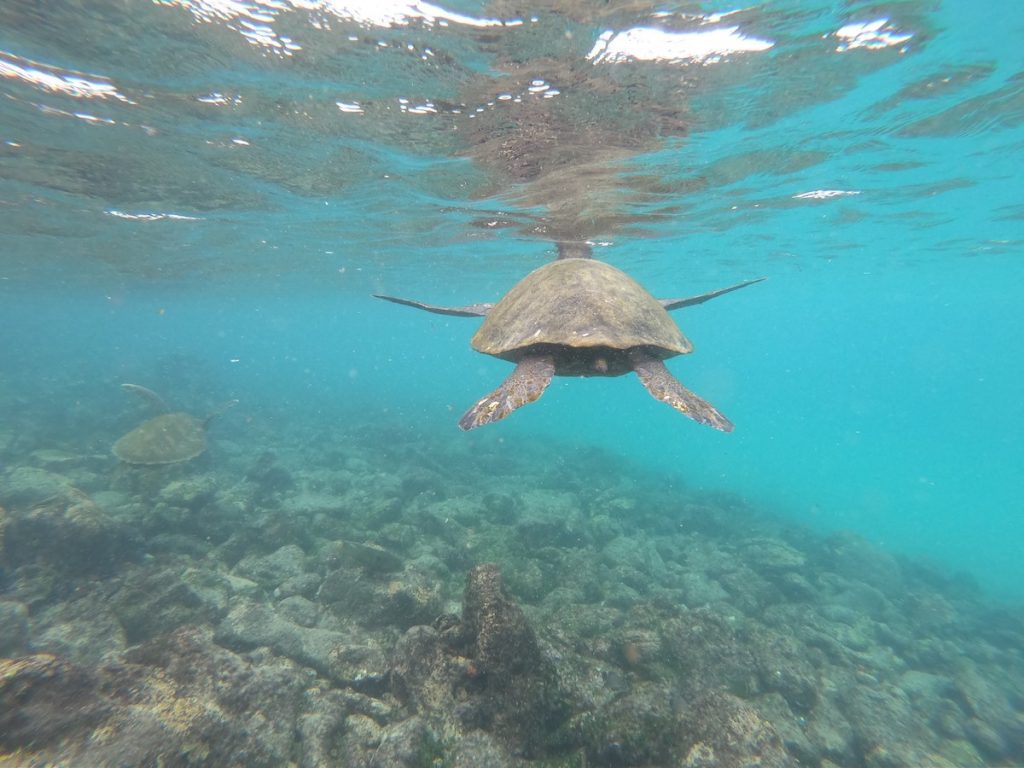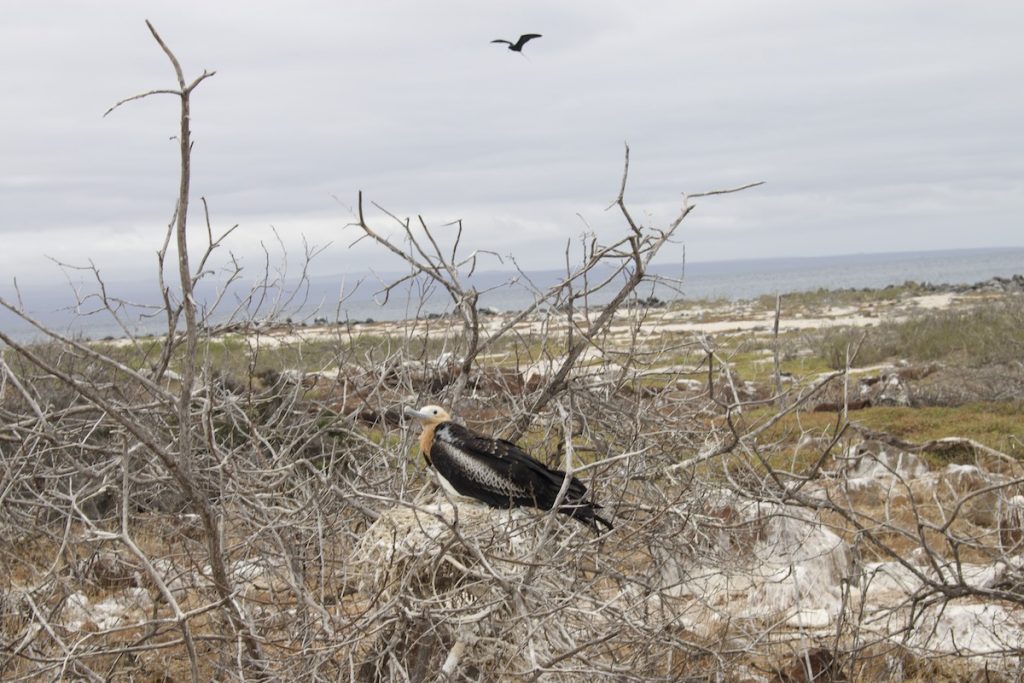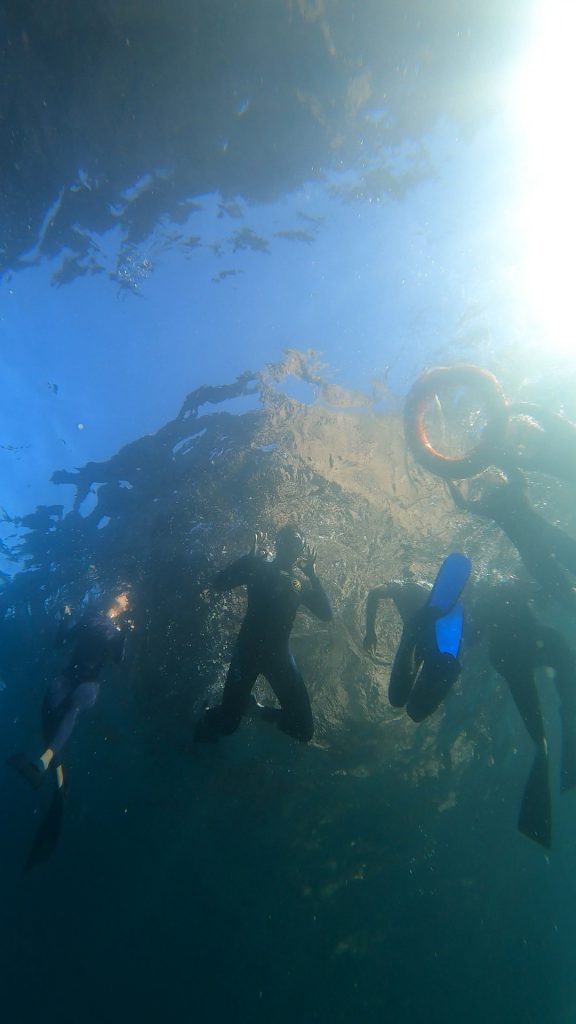Being on the equator, the climate in the Galapagos Islands does not change significantly throughout the year. The Islands’ climate is most appropriately categorized as subtropical. However, there is some variance, primarily caused by ocean currents.
The Galapagos Islands have two different seasons: warm and wet and cool and dry. The distinction between seasons is slight, yet it has an impact on life in the Galapagos.
You can view all of the magnificent fauna and stunning volcanic panoramas in both Galapagos weather seasons. However, it is beneficial to grasp the distinctions while planning your vacation. The Galapagos Islands are a once-in-a-lifetime opportunity, so make the most of it!
Warm and Wet Season
The warm season is described as the months of December to May. This time of year delivers a distinct combination of warmth, rain, and sun. The El Niño current drives this season. It brings a warm current that heats both the water and the land. This season is also known for afternoon showers.
Average temperatures for the warm and wet seasons:
- Temperature range: 26°C (80ºF) to 32°C (90ºF )
- Water temperature range: 21°C (70ºF) to 26°C (80ºF)
The Galapagos’ climate is more tropical during this warmer season, with daily rain and a cloudier sky. Furthermore, the water temperature is warmer for swimming and snorkeling.
During this season, guests can see marine iguanas, sea turtles, land iguanas, flamingos, white-cheeked pintails, masked boobies, marine iguanas, albatross, and blue-footed boobies on the islands. Snorkeling is highly suggested during these months because the water is warmer.
Cool and Dry Season
The cool season is best characterized as lasting from June through November. The weather during this season also creates a special blend; it is typically gloomy, chilly, and dry. This is caused by the Humboldt Current, which transports a cooler current to the Islands and cools the ocean as well as the land.
The cool season’s typical temperatures are as follows:
- Temperature 21°C (70ºF) to 26°C (80ºF)
- Water temperature 18°C (65ºF) to 23°C (75ºF)
In consequence, the larger islands’ hills remain green and lush, whereas the sea-level territories and shorelines receive little precipitation. Thus, the “dry season” from June to December is recognized for its blue sky and mid-day rains.
The frigid Humboldt current transports nutrients from Antarctica to the Galapagos Islands. Galapagos Sealions, Marine Iguanas, Sharks, and seabirds such as the blue-footed booby and Waved Albatross thrive in these conditions. Migratory whales are also drawn to the Galapagos Islands for feeding.
Weather in Galapagos for Divers
The impact of the Humboldt Current brings freezing water, especially during the foggy, rainy season (cool temperatures) from July to December. The “El Niño” current may bring warm seas to the Galapagos, warming the surface and increasing rainfall (January to June).
The temperature of the water varies throughout the year.
- From December until June:
between 21°C (70ºF) and 26°C (80ºF)
- From July to November:
between 18°C (65ºF) and 23°C (75ºF)
Bottom Line
The weather in the Galapagos Islands is wonderful all year. For more details about the weather in Galapagos in each month, you may check our separate articles:
- Visiting Galapagos Islands in January
- Visiting Galapagos Islands in February
- Visiting Galapagos Islands in March
- Visiting Galapagos Islands in April
- Visiting Galapagos Islands in May
- Visiting Galapagos Islands in June
- Visiting Galapagos Islands in July
- Visiting Galapagos Islands in August
- Visiting Galapagos Islands in September
- Visiting Galapagos Islands in October
- Visiting Galapagos Islands in November
- Visiting Galapagos Islands in December
The wildlife activity also never fails to impress whatever season it is. So, what are you holding out for? Visit the Galapagos Islands and have an experience worth remembering.

